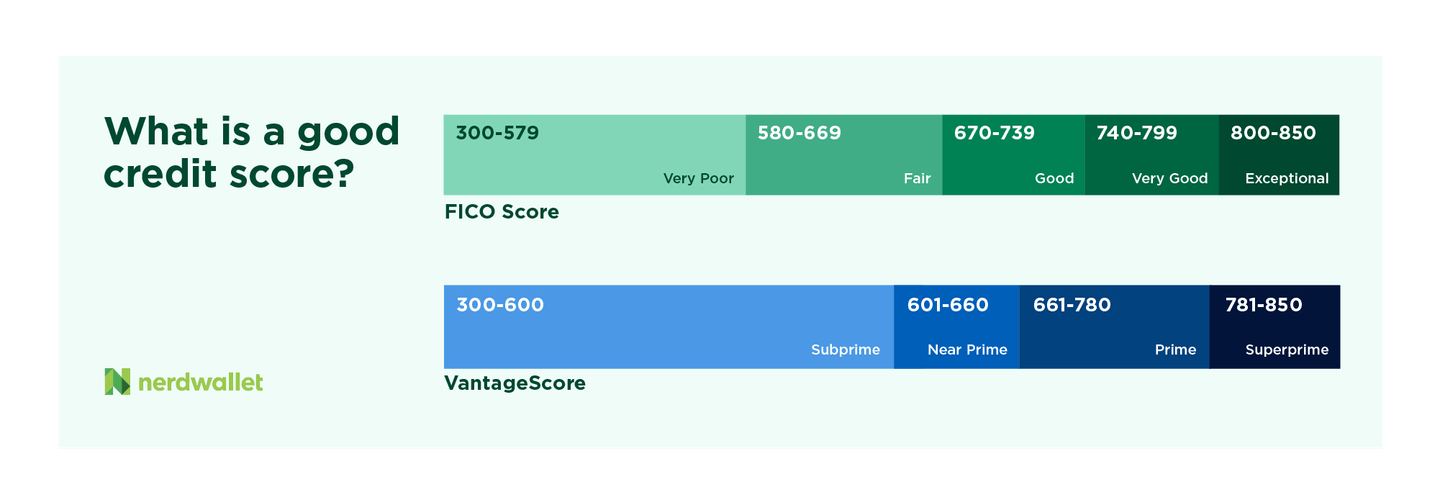
Average FICO Credit Score in U.S. Hits 717: What This Means for Americans
Credit scores in the U.S. vary between two major scoring models: FICO and VantageScore. Both use a 300-850 scale but weigh factors differently.
The average FICO 8 score reached 717 as of October 2024, falling in the "good" range (670-799). Meanwhile, the average VantageScore 3.0 sits at 699, considered "prime" (661-780).

Credit score ranges comparison chart
Key differences between scoring models:
- FICO: Payment history accounts for 35% of the score
- VantageScore: Payment history weighs 40%
Economic factors affecting credit scores:
- Seasonal spending (holidays)
- Rising prices
- Higher interest rates
- Increased consumer debt
- Growing missed payments
Most important factors affecting your credit score:
Payment History:
- Pay all bills on time
- Late payments (30+ days) stay on reports for 7 years
- Set up automatic payments
- Consider grouping bills for better management
Credit Utilization:
- Keep usage below 30% of credit limits
- Pay balances in full when possible
- Avoid minimum payments only
Steps to Build Credit:
- Review credit reports regularly
- Access free weekly reports at annualcreditreport.com
- Check for errors or unfamiliar accounts
- Verify account balances are correct
- Dispute errors
- Report inaccuracies to credit bureaus
- Follow up within 30-45 days
- Ensure corrections are made
- Monitor progress
- Track credit score changes regularly
- Watch for improvements in key areas
- Address any new issues promptly